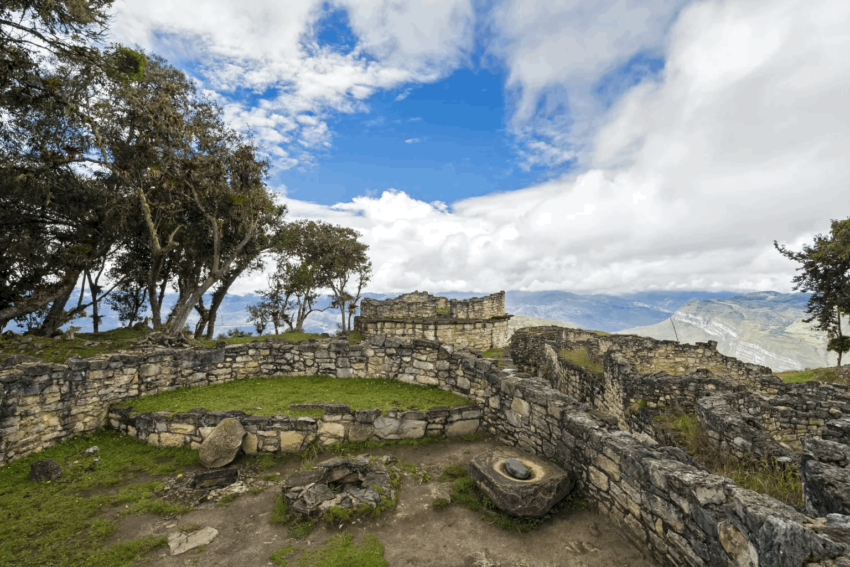Kuélap: A Historical Masterpiece
Kuélap, often referred to as the ‘Machu Picchu of the north’, is a historical site located in the northeastern Andes of Peru. It is a walled settlement that was built by the Chachapoyas, a pre-Incan civilization, around the 6th century AD. The site, which sits on a ridge 3000 meters above sea level, is famous for its massive stone structures and walls, which are adorned with intricate carvings and designs. Kuélap is considered one of the most significant archaeological sites in Peru, offering valuable insights into the culture and lifestyle of the Chachapoya people.
Get your dose of History via Email
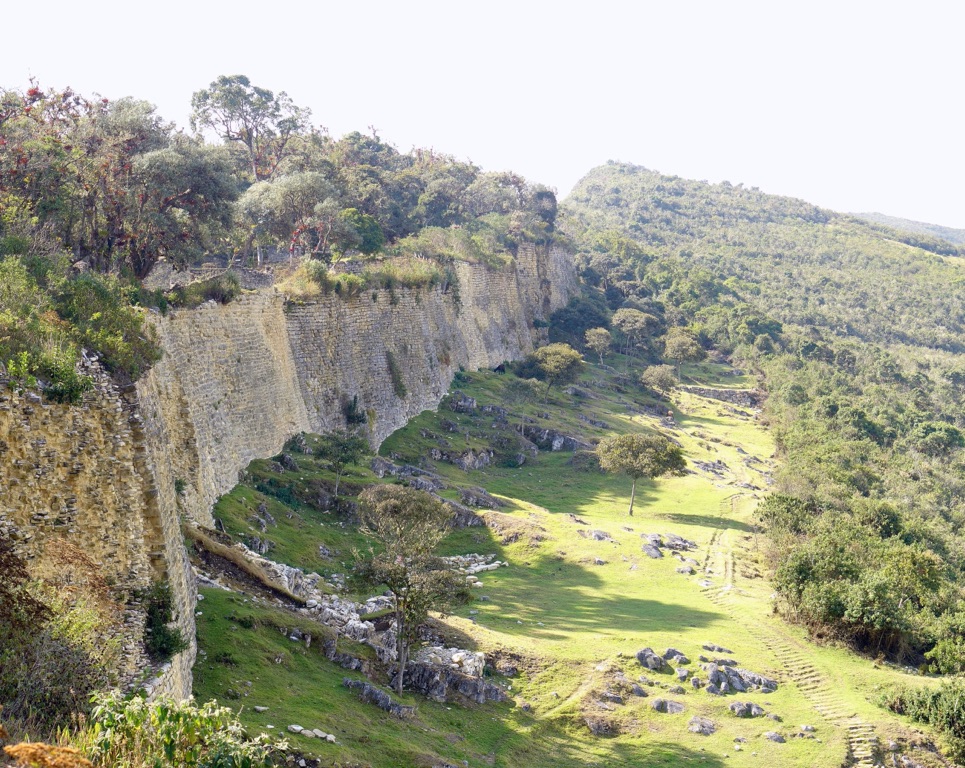
What is the historical significance of Kuélap and what civilizations have inhabited it?
Kuélap holds immense historical significance as it is one of the largest ancient stone complexes in the Western Hemisphere. It was built by the Chachapoyas, also known as the ‘Warriors of the Clouds’, who were known for their unique architectural style and warrior culture. The site was inhabited for approximately a thousand years before it was abandoned, likely due to the Incan conquest in the 15th century.
The Chachapoyas civilization is considered unique due to their resistance to Incan rule, their distinct culture, and their remarkable architectural achievements, of which Kuélap is a prime example. The site was rediscovered in the 19th century and has since been a focal point for archaeological studies and tourism.
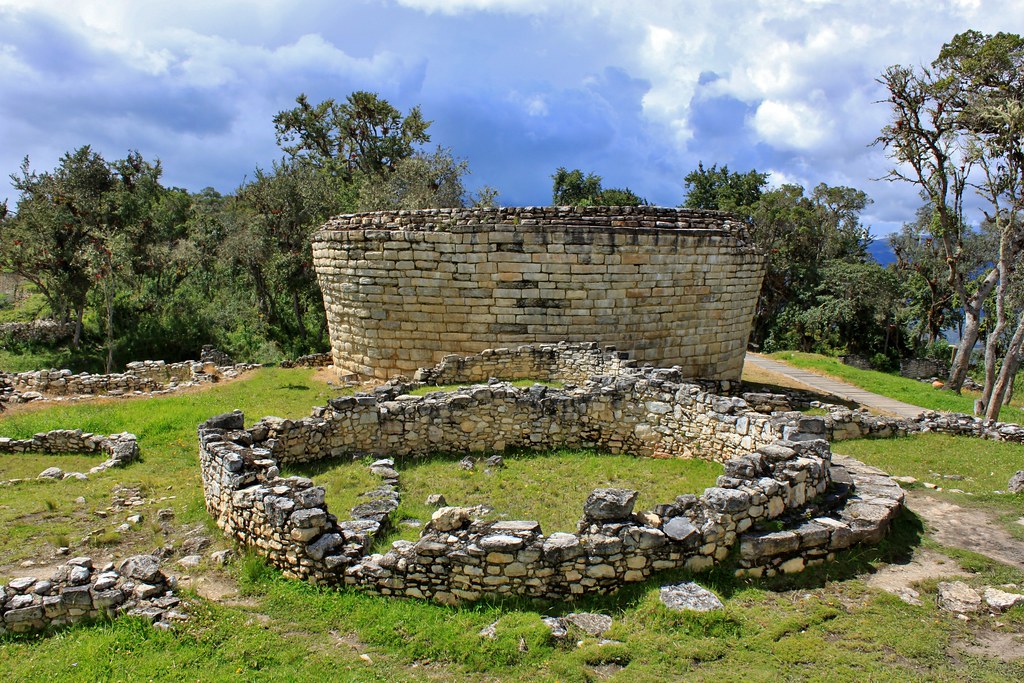
After the Chachapoyas, the Incas also inhabited Kuélap. Despite their conquest, the Incas left the Chachapoyas structures largely intact, which suggests a level of respect for the Chachapoyas culture. This multi-cultural occupation adds another layer of historical significance to Kuélap.
Despite its historical importance, Kuélap remains relatively unknown compared to other archaeological sites in Peru. However, recent efforts to promote the site have led to an increase in tourism, which has highlighted the need for preservation and further archaeological study.
Understanding the civilizations that inhabited Kuélap not only sheds light on the history of the site itself, but also provides a broader understanding of pre-Columbian cultures in the Andes region.

What are some of the key architectural features and discoveries made at Kuélap?
Kuélap is renowned for its massive stone structures and high walls, which are thought to have served a defensive purpose. The site contains over 400 buildings, most of which are circular in shape and adorned with intricate geometric and zoomorphic carvings. The main entrance to Kuélap is a narrow, winding path that further emphasizes the site’s defensive design.
One of the most striking features of Kuélap is the ‘El Tintero’ (The Inkwell), a cone-shaped structure that is thought to have been used for ceremonial purposes. Other notable structures include the ‘Torreon’, a high tower that may have served as a lookout, and the ‘Pueblo Alto’, a complex of high-status residences.
Archaeological excavations at Kuélap have yielded a wealth of artifacts, including pottery, textiles, and metal objects, which provide valuable insights into the Chachapoyas culture. Human remains have also been found, some of which display signs of trauma, suggesting that the site may have been the scene of violent conflicts.
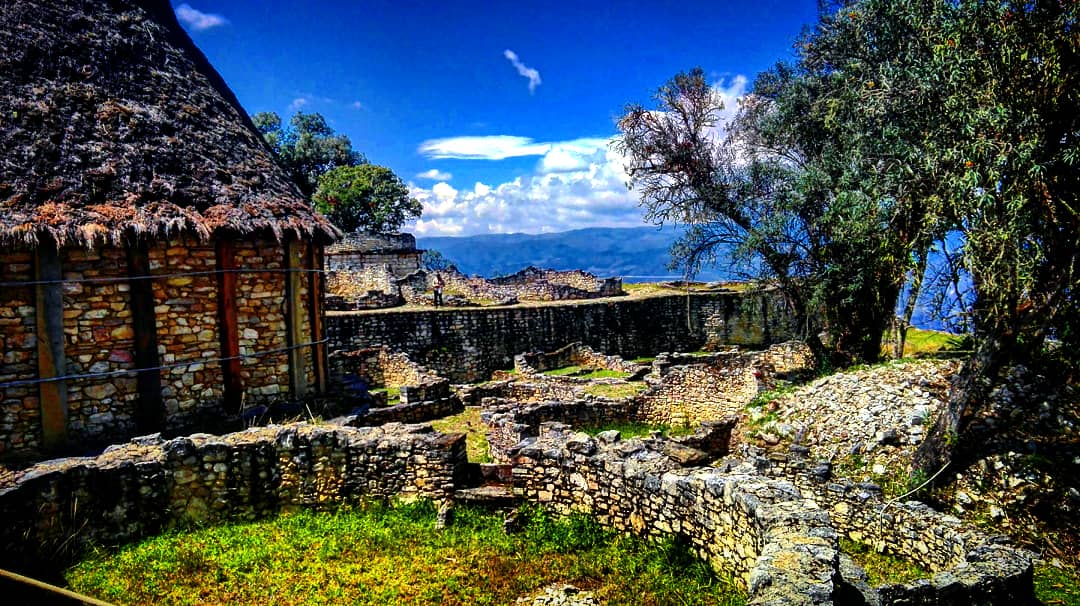
Despite extensive archaeological work, much of this mysterious place remains unexcavated. This leaves the potential for future discoveries that could further our understanding of this fascinating site.
The architectural features and discoveries at Kuélap not only highlight the technical skills of the Chachapoyas, but also provide a glimpse into their way of life, their beliefs, and their societal structure.
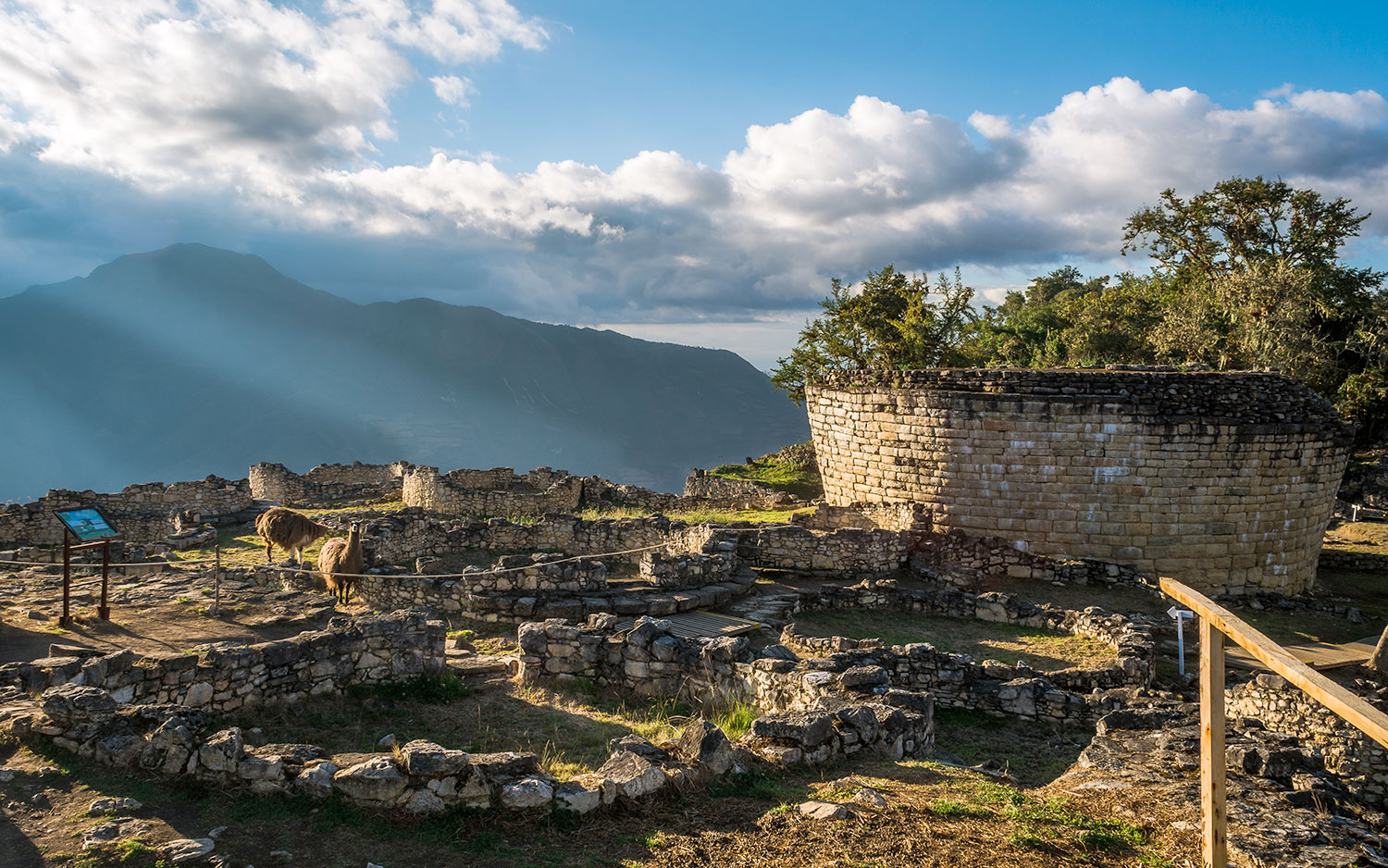
Conclusion and Sources
In conclusion, Kuélap is a historical and architectural marvel that offers a unique insight into the Chachapoyas civilization. Despite its significance, much of Kuélap remains unexplored, making it a promising site for future archaeological research. As efforts to promote and preserve Kuélap continue, it is hoped that this remarkable site will gain the recognition it deserves.
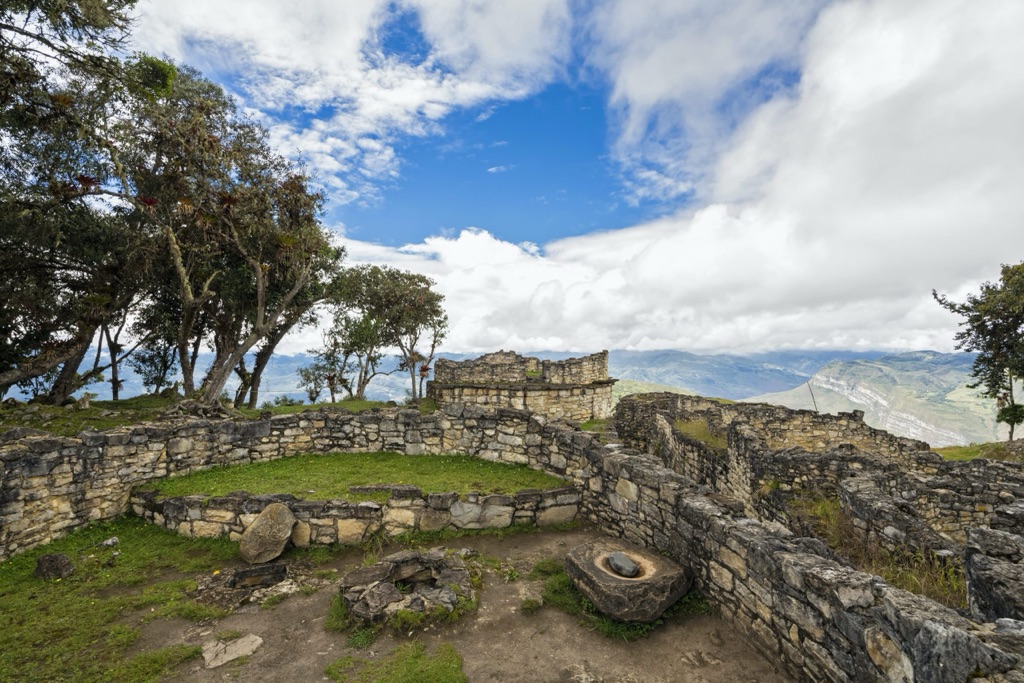
For further reading and to verify the information provided, please refer to the following sources:

